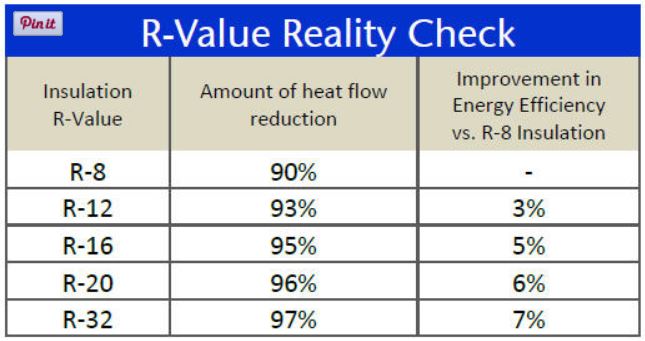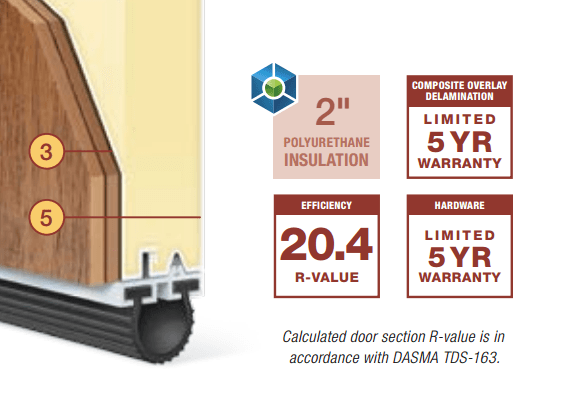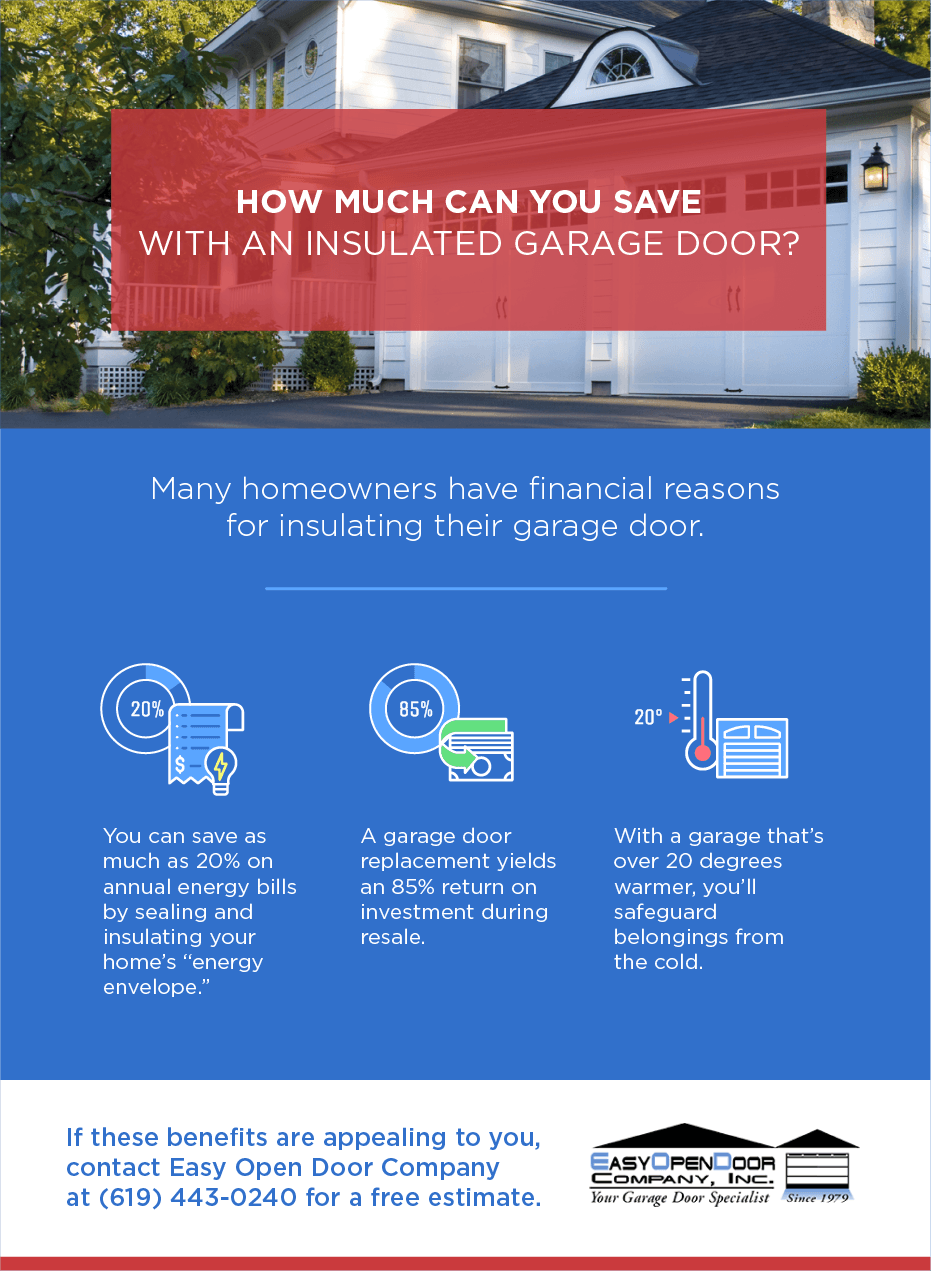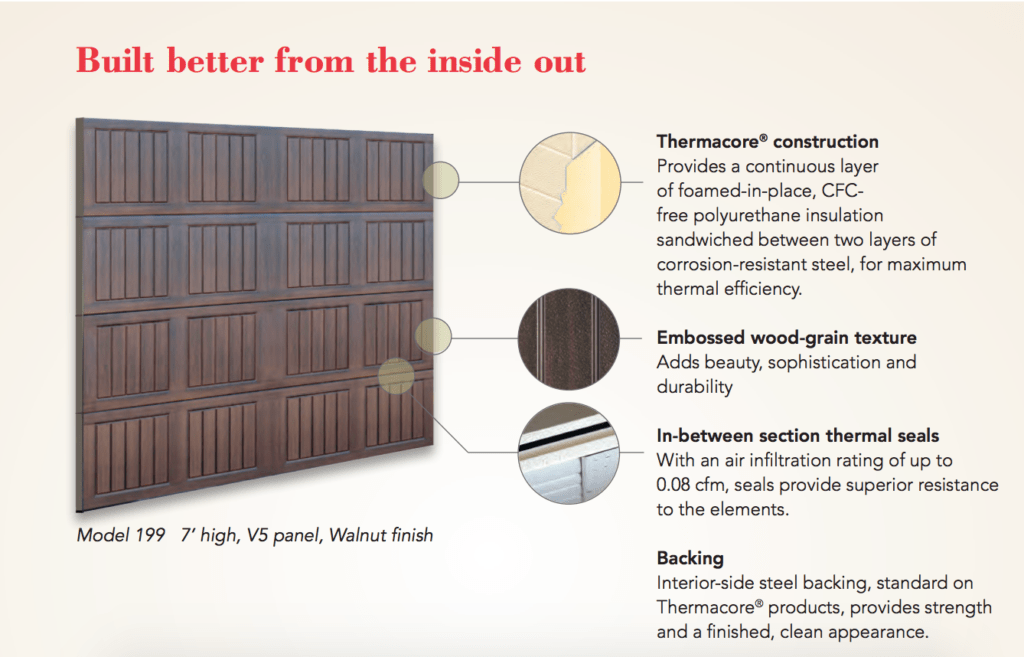Notice that the advertised r value of a garage door means very little if the door does not have a complete thermal break system and a proper weather seal system around all four sides of the door and between door sections.
R value garage door heating savings.
When calculating the r value of a multilayered installation add the r values of the individual layers.
The r value of some insulations also depends on temperature aging and moisture accumulation.
For example a 1 1 2 inch 3 81 cm thick door without a window offers more than five times the insulating value of a solid wood door of the same size.
This guide will teach you everything you need to know about insulation r values so you can better insulate your home.
Higher r value means greater insulation performance and thus more savings on your next heating and cooling bill.
The r values of most steel and fiberglass clad entry doors range from r 5 to r 6 excluding a window.
The standard garage door r value recommendation for a detached garage depends on your climate but if you re looking for the best r value garage door insulation you want to find a garage door with a minimum r value of 12 or more to be most effective.
R value measures how well building insulation can prevent the flow of heat into and out of the home.
The higher the r value the more the door resists conductive heat.
See chart for r value comparisons.
Actively cooled or heated garages should have a garage door with an r value of r 13 or higher to save on energy costs.
However an r 16 value is not twice as good as an r 8 value.
Installing more insulation in your home increases the r value and the resistance to heat flow.
A value of r 16 offers a 5 reduction in heat flow and a 5 improvement in energy efficiency over a value of r 8.
Attached but not actively heated or cooled garages should have a garage door with an r value between r 6 and r 9.
In general a higher r value means better insulation but there s more to it than that.




.jpg?sfvrsn=72a06f24_2)





